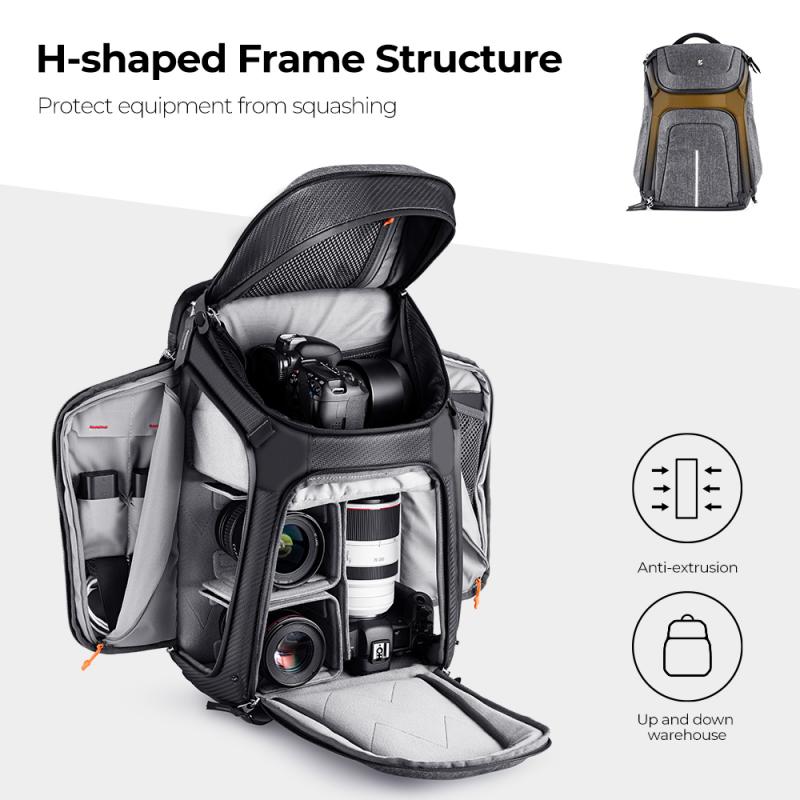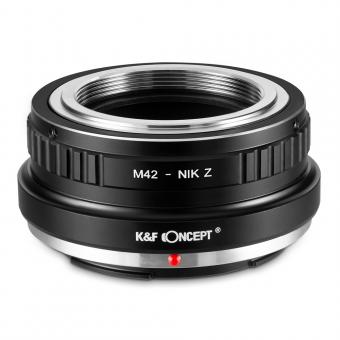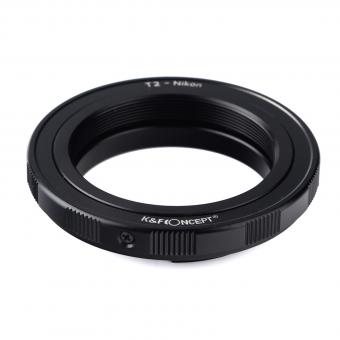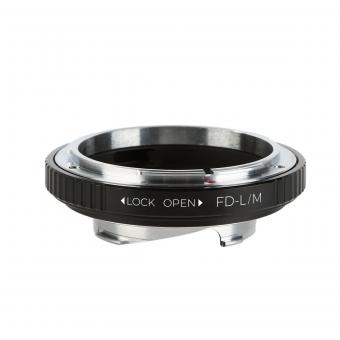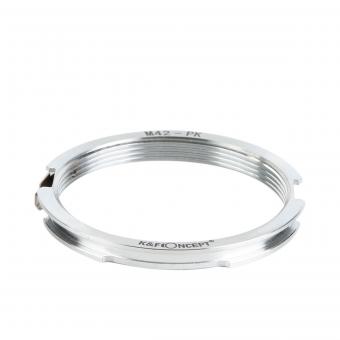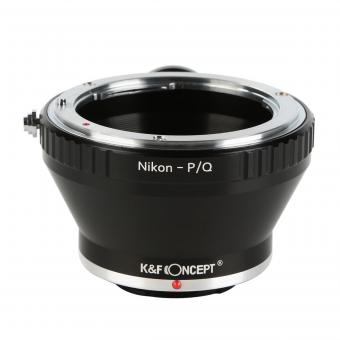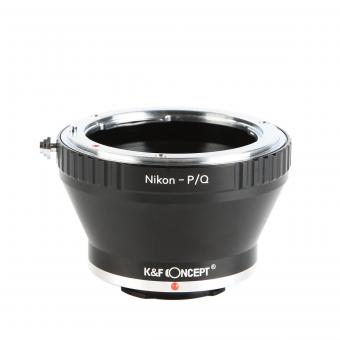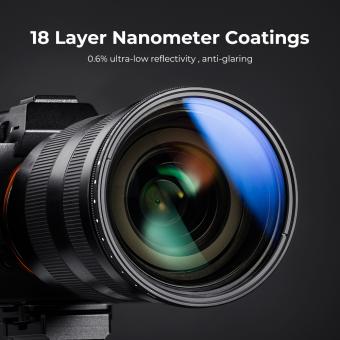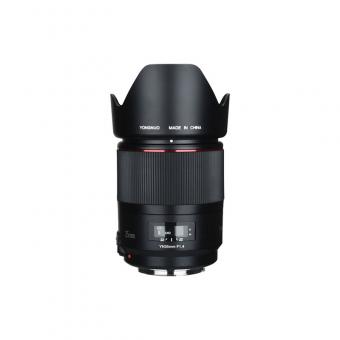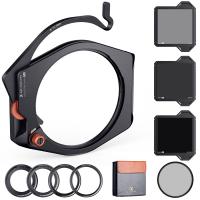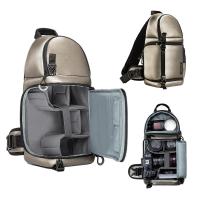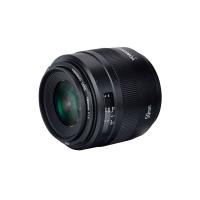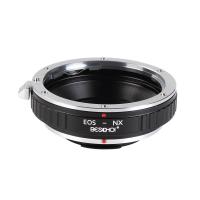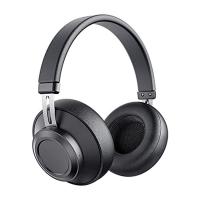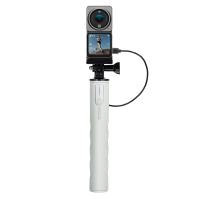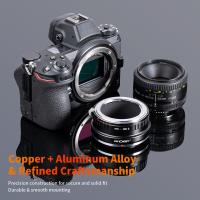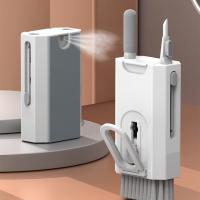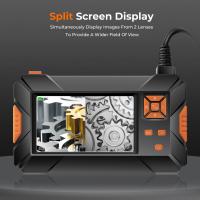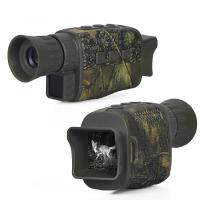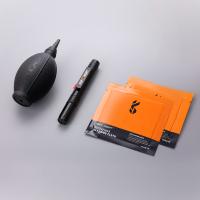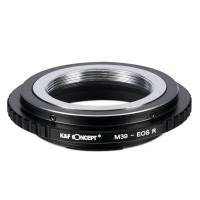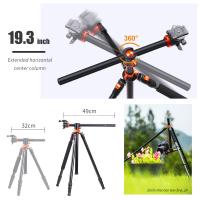How To Hold The Camera ?
The proper way to hold a camera depends on the type of camera you are using. For most cameras, it is recommended to hold the camera with both hands, with one hand gripping the right side of the camera body and the other hand supporting the lens from underneath. This helps to stabilize the camera and reduce camera shake, resulting in sharper images. Additionally, it is important to keep your elbows close to your body and to stand with your feet shoulder-width apart for added stability. For larger cameras or lenses, a tripod or monopod may be necessary to further stabilize the camera.
1、 Grip and Stance
When it comes to holding a camera, there are two important factors to consider: grip and stance. Proper grip ensures that the camera is stable and secure in your hands, while stance helps you maintain balance and control over your movements.
Grip: To hold the camera properly, use your right hand to grip the camera body, with your index finger resting on the shutter button. Your left hand should support the lens from underneath, with your fingers wrapped around the barrel. This grip allows you to easily adjust the focus and zoom, while also providing stability to the camera.
Stance: Your stance is equally important when it comes to holding a camera. Stand with your feet shoulder-width apart, with your knees slightly bent. This helps you maintain balance and stability, especially when shooting in low light or with a heavy lens. Additionally, try to keep your elbows close to your body to minimize camera shake.
The latest point of view on holding a camera is to use a hybrid grip, which combines the traditional grip with a vertical grip. This allows for more comfortable shooting in portrait orientation, as well as providing additional controls for adjusting settings. Additionally, some cameras now have built-in stabilization, which can help compensate for any camera shake caused by hand movements.

2、 Shutter Release Technique
Shutter Release Technique is an essential aspect of photography that can make or break the quality of your images. It involves the way you hold the camera and press the shutter button to capture a photo. Here's how to hold the camera and use the Shutter Release Technique:
1. Hold the camera with both hands: Use your right hand to grip the camera's grip and your left hand to support the lens. This will help you stabilize the camera and reduce camera shake.
2. Keep your elbows close to your body: This will help you maintain a stable shooting position and reduce camera shake.
3. Use your body as a tripod: Stand with your feet shoulder-width apart and keep your body still. This will help you stabilize the camera and reduce camera shake.
4. Use the Shutter Release Technique: Instead of pressing the shutter button with your finger, use the Shutter Release Technique. This involves gently pressing the shutter button with the pad of your finger, rather than the tip. This will help you avoid camera shake and capture sharper images.
5. Use a remote shutter release: If possible, use a remote shutter release to avoid touching the camera and causing camera shake.
In the latest point of view, with the advent of mirrorless cameras, the Shutter Release Technique has become even more critical. Mirrorless cameras are smaller and lighter than DSLRs, which makes them more prone to camera shake. Therefore, it's essential to hold the camera properly and use the Shutter Release Technique to capture sharp images. Additionally, some mirrorless cameras have touchscreens that allow you to focus and take a photo by tapping the screen. While this is convenient, it can also cause camera shake. Therefore, it's best to use the Shutter Release Technique or a remote shutter release to avoid camera shake.
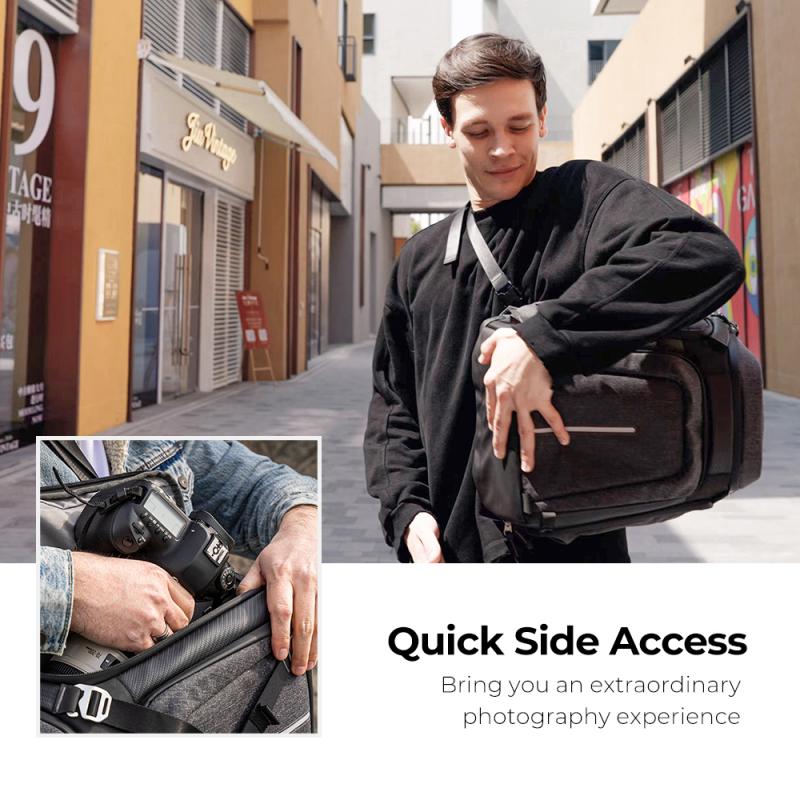
3、 Breathing and Body Movement
How to hold the camera and breathing and body movement are two essential aspects of photography that go hand in hand. Holding the camera correctly can help you stabilize the camera and reduce camera shake, while proper breathing and body movement can help you capture sharp and clear images.
When holding the camera, it is important to keep your elbows close to your body and use both hands to grip the camera. This will help you maintain a stable grip and reduce camera shake. Additionally, you can use a tripod or monopod to further stabilize the camera.
Breathing and body movement are also crucial when taking photos. Taking a deep breath and exhaling slowly can help you relax and steady your hands. Additionally, you can try to stand with your feet shoulder-width apart and keep your body still while taking photos.
In recent years, there has been a growing trend towards using mirrorless cameras, which are smaller and lighter than traditional DSLRs. This has led to a shift in how photographers hold their cameras, with many opting for a one-handed grip. While this may work for some, it is important to remember that proper grip and stability are still essential for capturing sharp and clear images.
In conclusion, holding the camera correctly and using proper breathing and body movement are essential for capturing great photos. Whether you are using a traditional DSLR or a mirrorless camera, taking the time to master these techniques can help you take your photography to the next level.
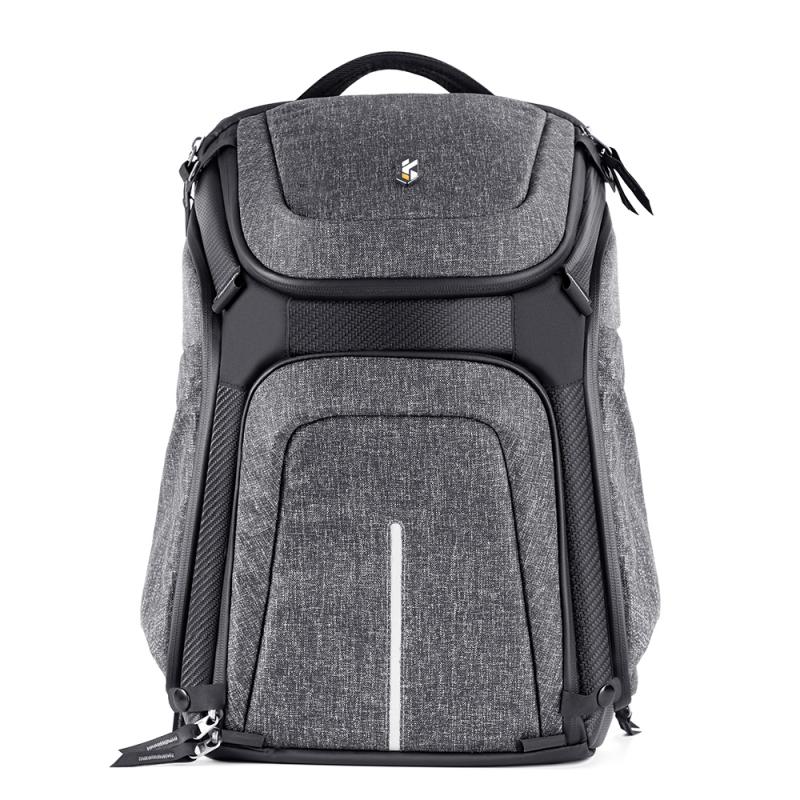
4、 Using a Tripod or Monopod
Using a Tripod or Monopod:
When it comes to holding a camera steady, using a tripod or monopod is the best option. A tripod is a three-legged stand that provides a stable base for your camera, while a monopod is a single-legged stand that offers some stability but allows for more mobility. Both options are great for reducing camera shake and ensuring sharp images.
To use a tripod, start by setting it up on a flat surface and adjusting the legs to the desired height. Then, attach your camera to the tripod head and adjust the angle and position as needed. Make sure to use a remote shutter release or self-timer to avoid any movement when pressing the shutter button.
When using a monopod, hold it firmly with one hand and use the other hand to operate the camera. Keep your elbows close to your body and use your body as a stabilizer. A monopod is great for situations where you need to move quickly or have limited space, but still want some stability.
In recent years, there has been a rise in the use of handheld gimbals, which are motorized stabilizers that allow for smooth camera movement. These can be a great option for videography or capturing action shots, but may not be as effective for still photography.
Overall, using a tripod or monopod is a great way to ensure sharp and steady images. It may take some practice to get used to, but the results are worth it.
